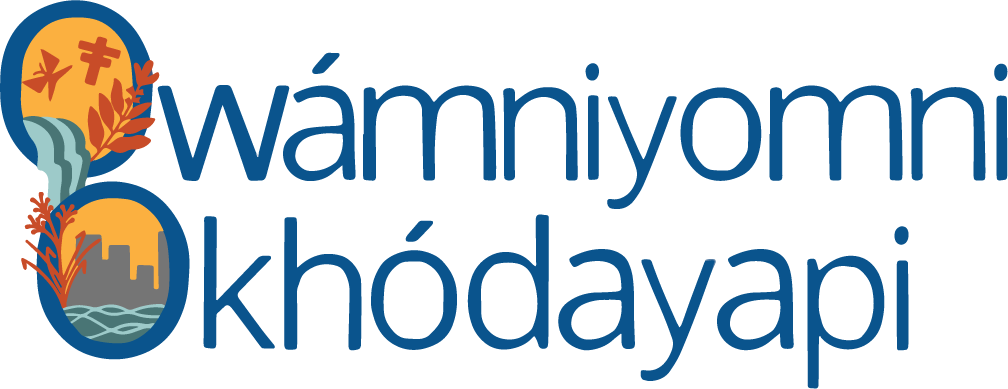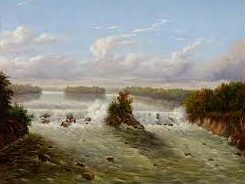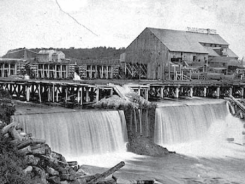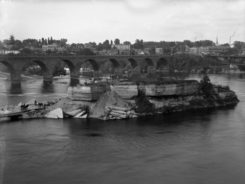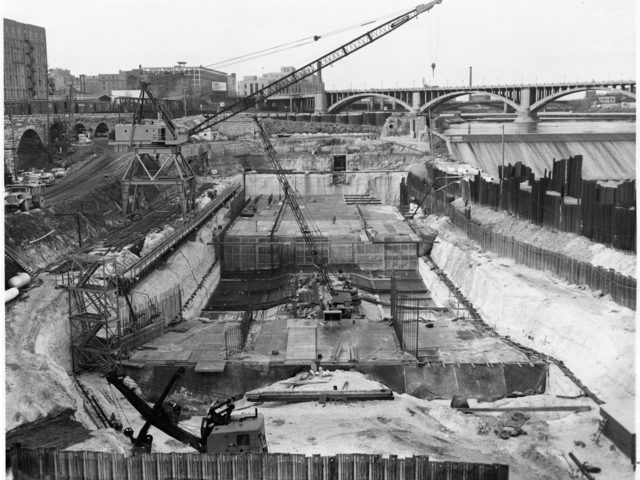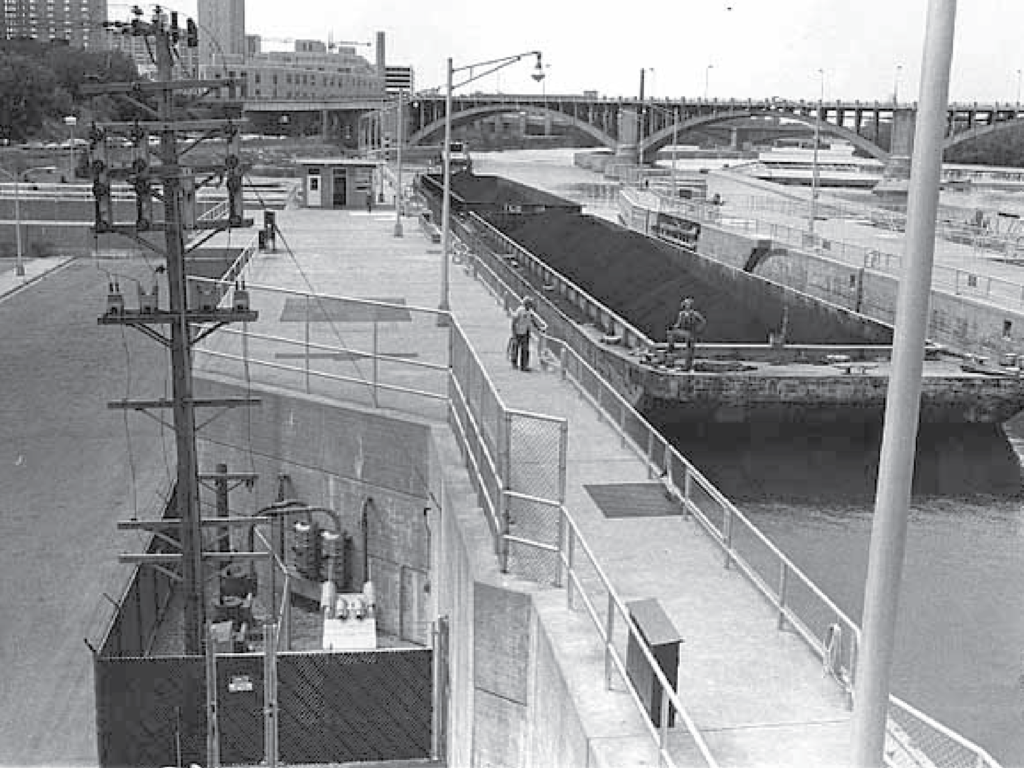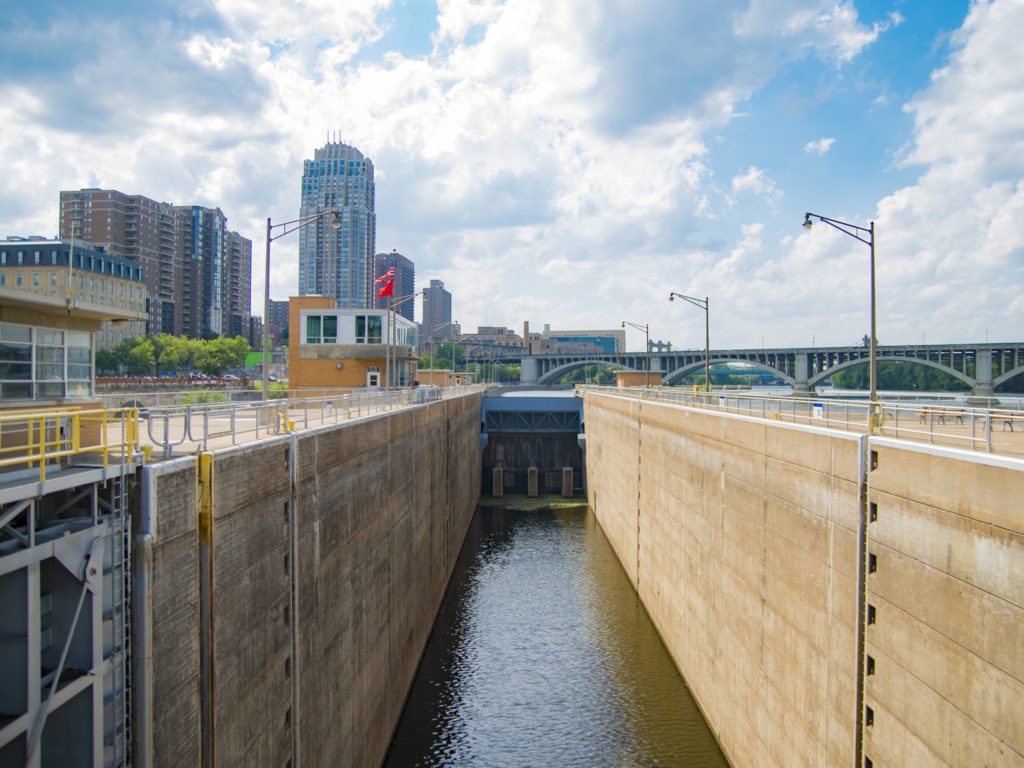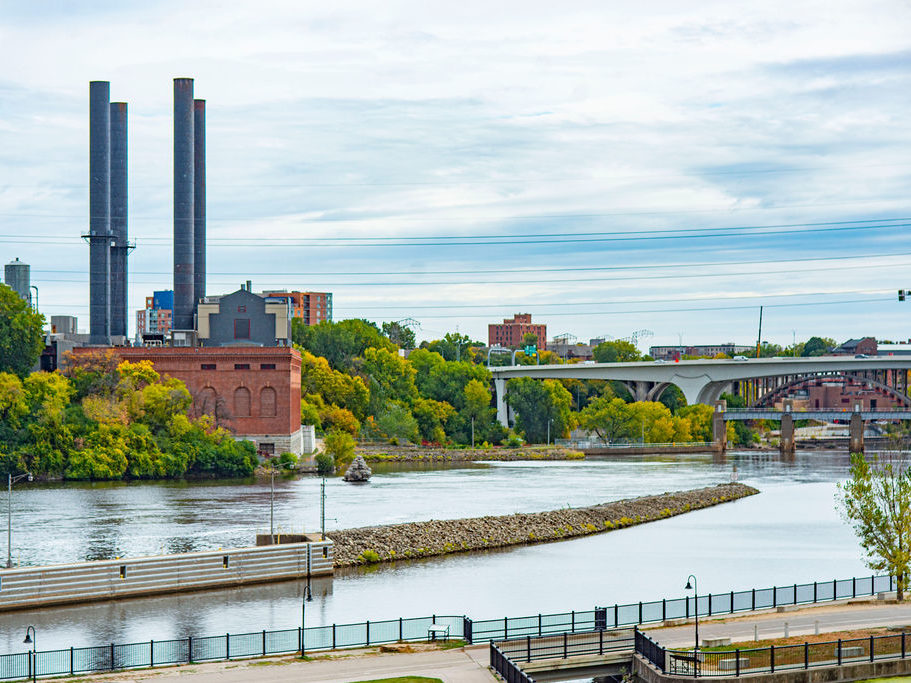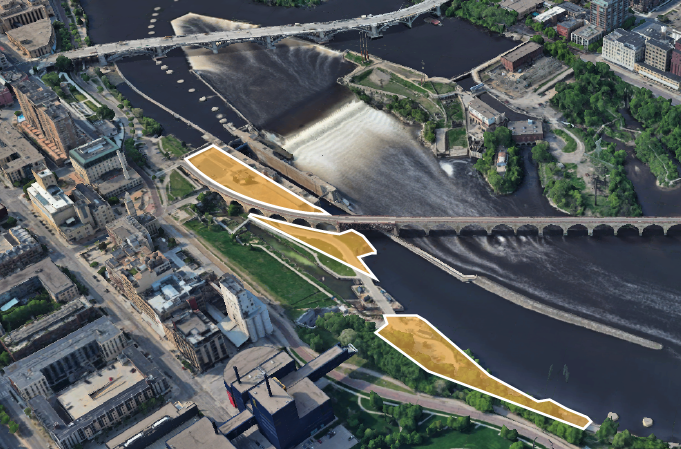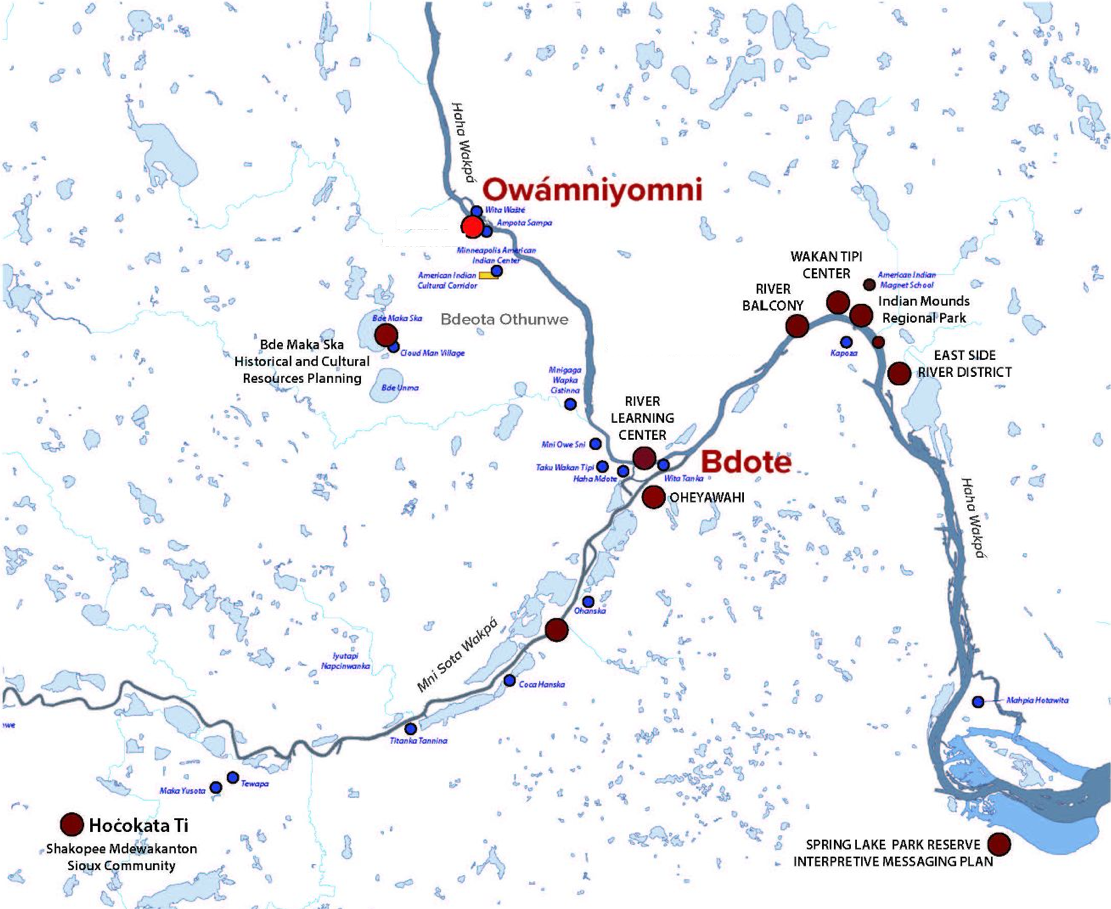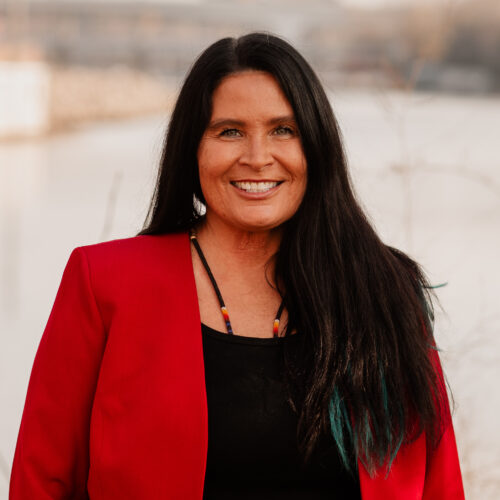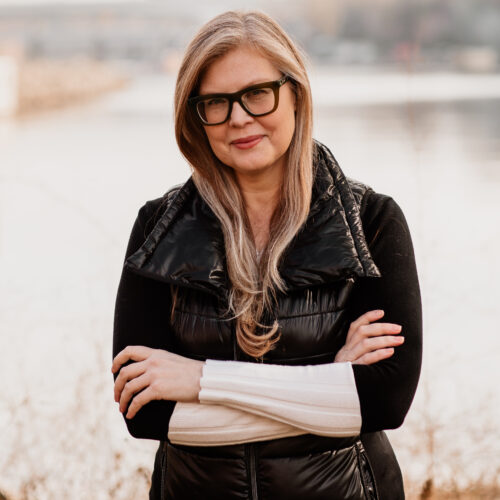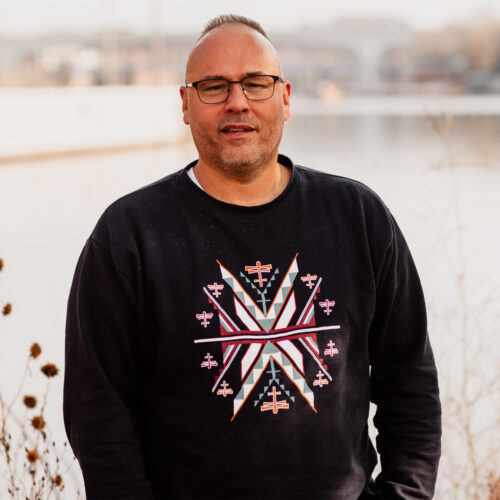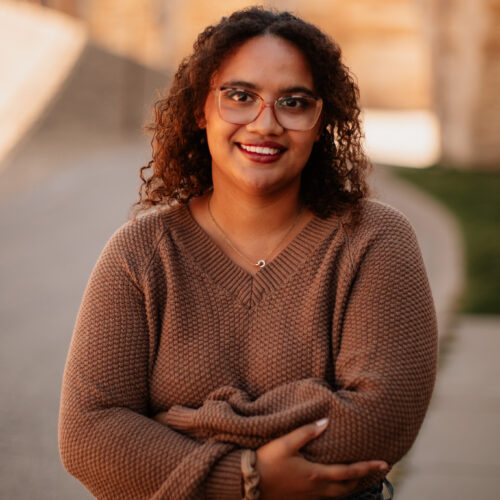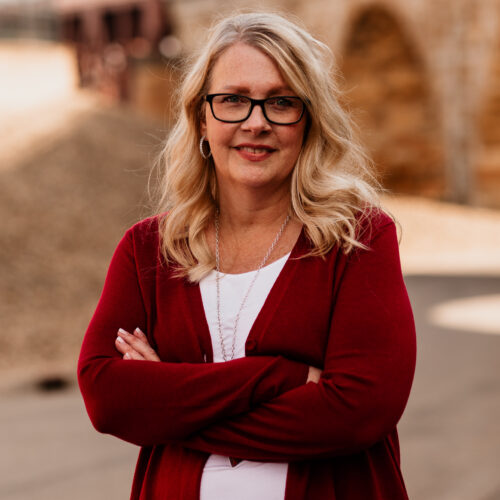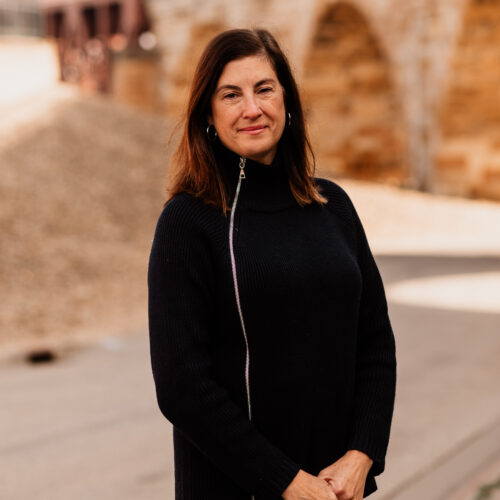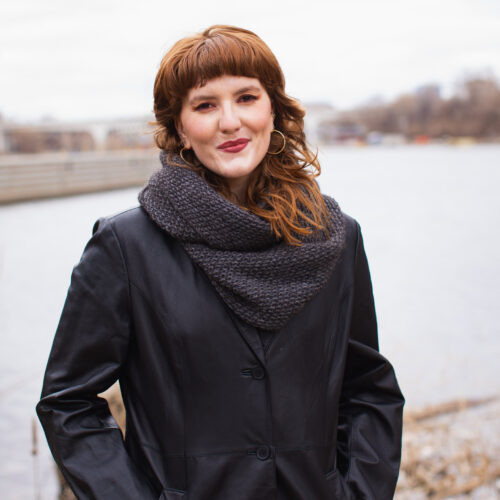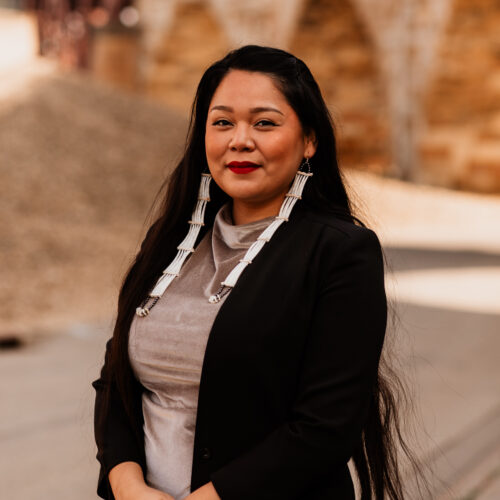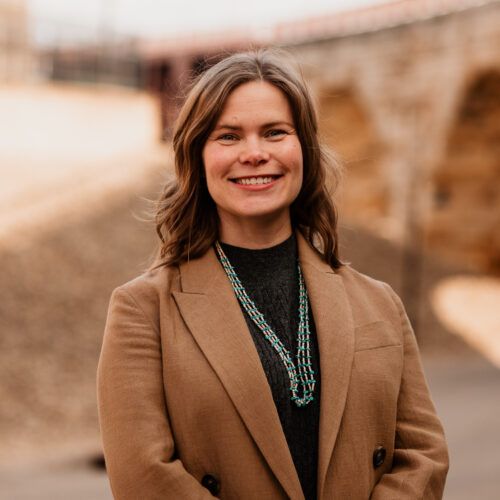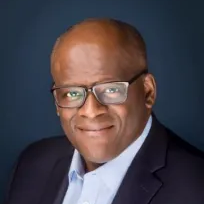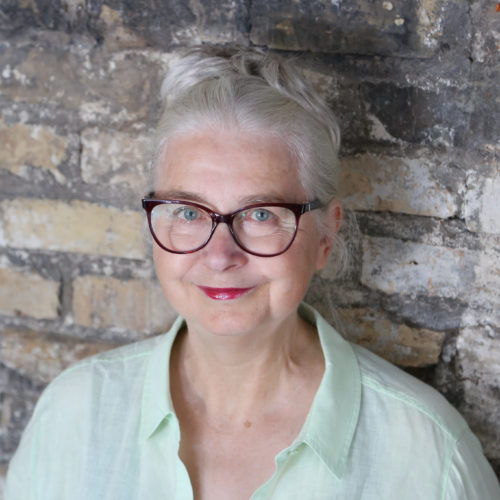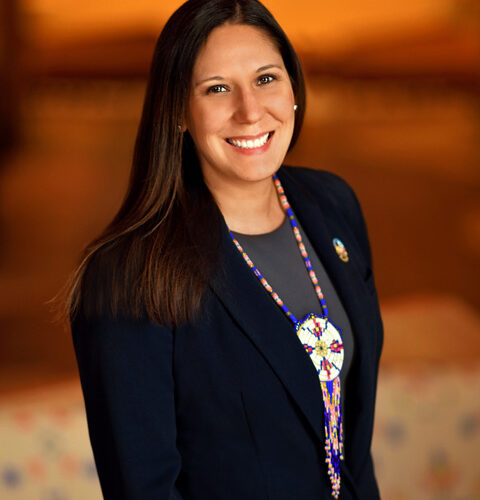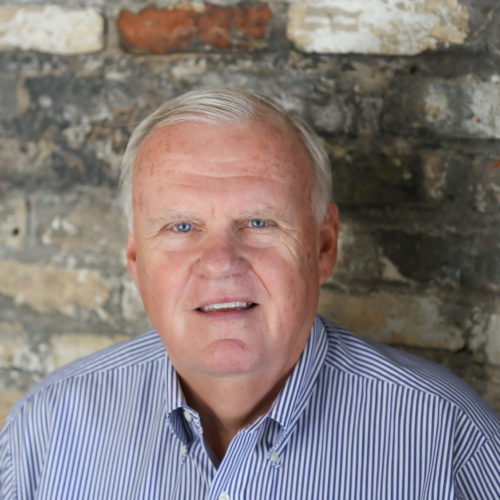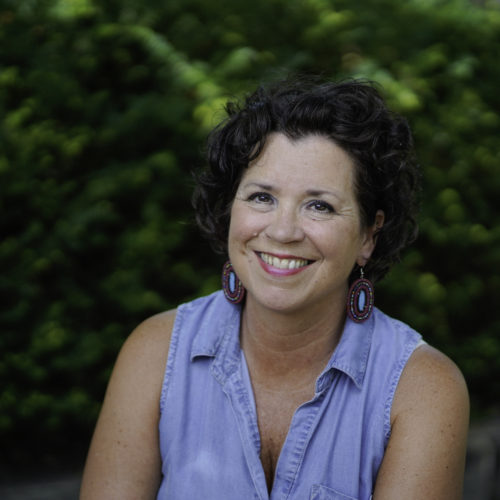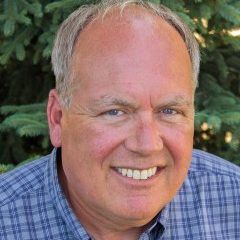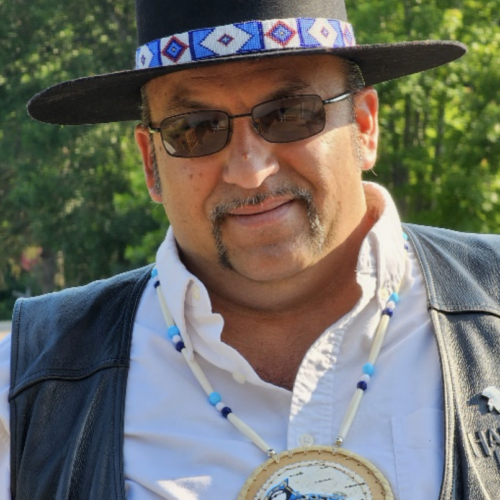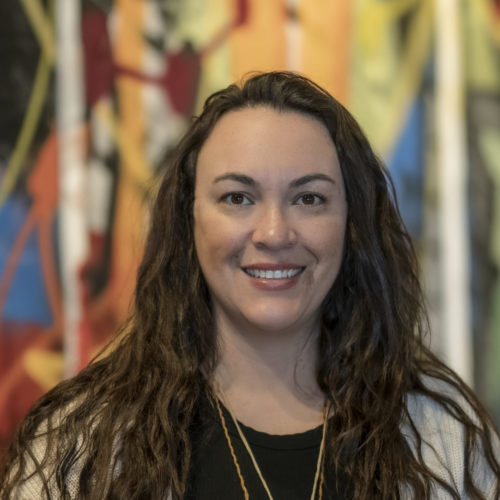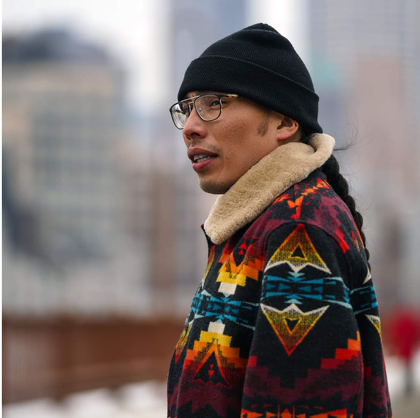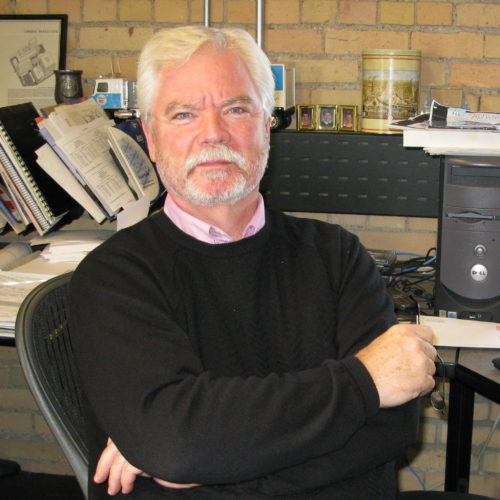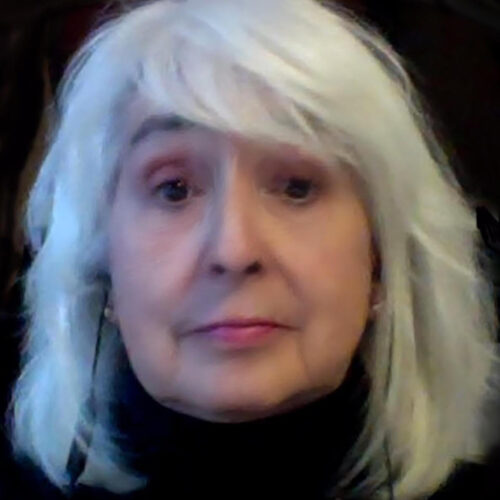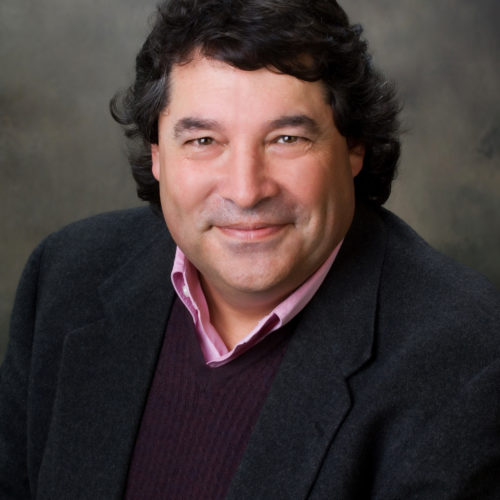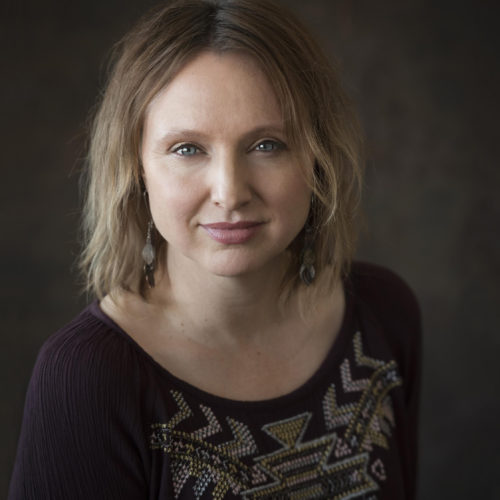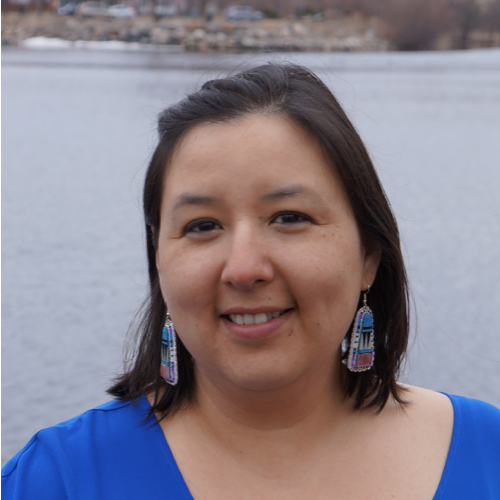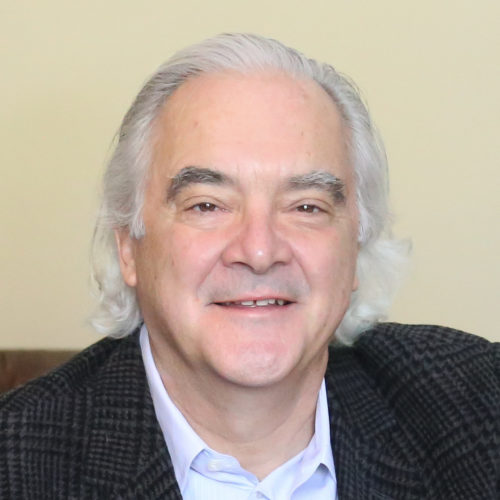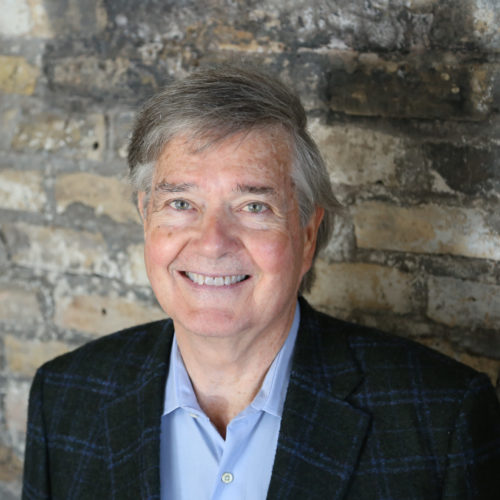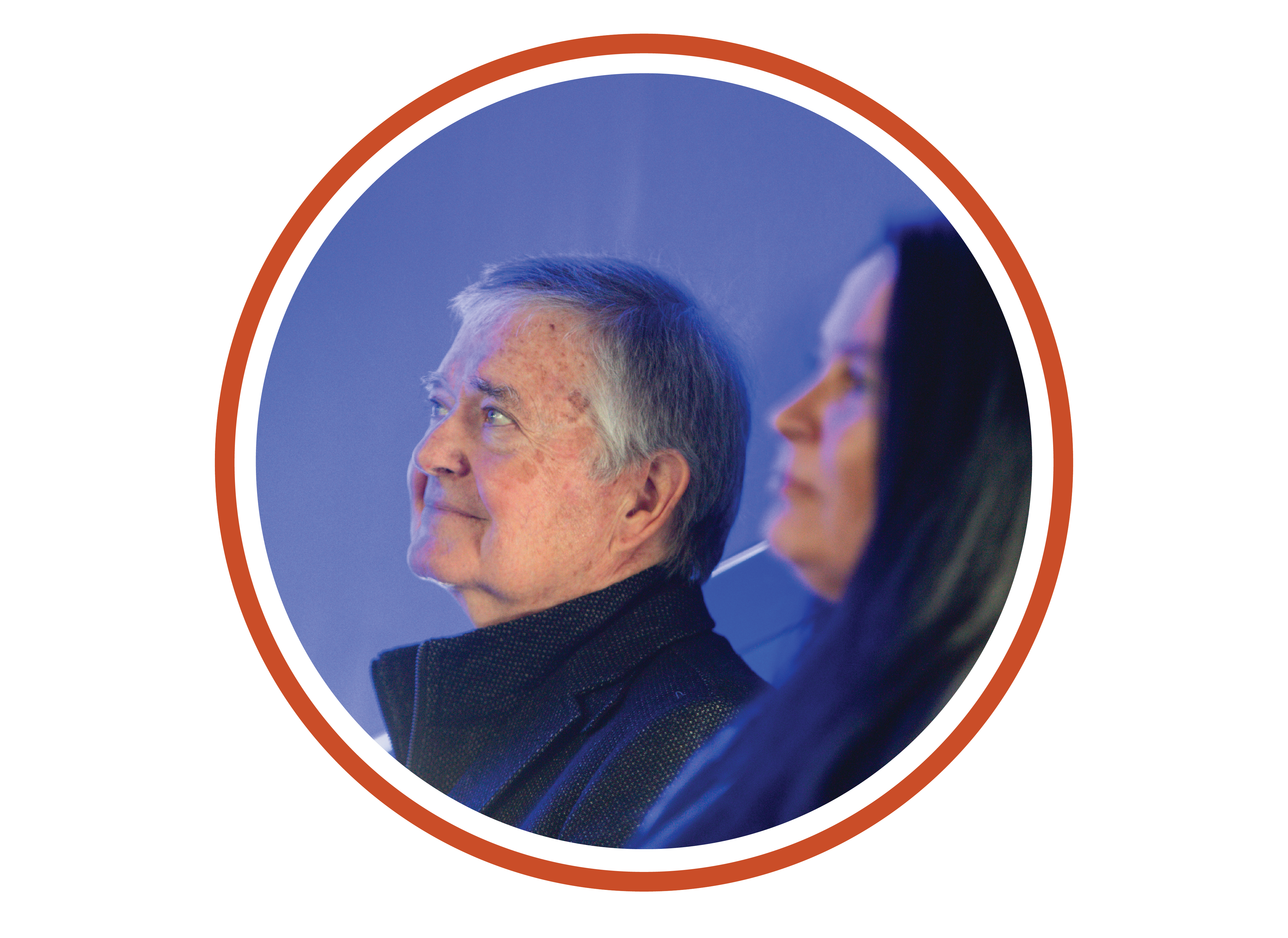Many people raised in Minnesota are familiar with “St. Anthony Falls,” a name given by Father Hennepin to describe the place where the Mississippi River once cascaded over a 50-foot limestone drop. Far fewer know the deeper history of this site – a history that has not just been ignored but in many cases actively silenced or erased.
The Dakota view Ȟaȟa Wakpá (Mississippi River) to be a living relative that provides abundance and connects us to our ancestors. Bdote, where the Mississippi and Minnesota Rivers meet, is at the heart of the Dakota origin story. It is one of the places where Dakota people came into human form from the water. The Bdote area is the center of the world, or maká čokáya kiŋ. Water connects it physically and spiritually to Mni Owe Sni (Coldwater Spring), Owámniyomni (St. Anthony Falls), Wakaŋ Tipi (Carver’s Cave), and other sites sacred to Dakota people.
Dakota people came to Owámniyomni, or “turbulent waters,” for ceremony, and to Wíta Wanáǧi, Spirit Island, an island oasis in the mist kicked up from the falling water, to give birth. This was – and is – a place of gathering, trade, and offerings. It is a place where the physical and spiritual worlds blend, and where, through Dakota oral history, we learn about interactions with Uŋktéȟi (Water Being or Water Monster). These stories, told from an Indigenous perspective, were rendered invisible for generations.
